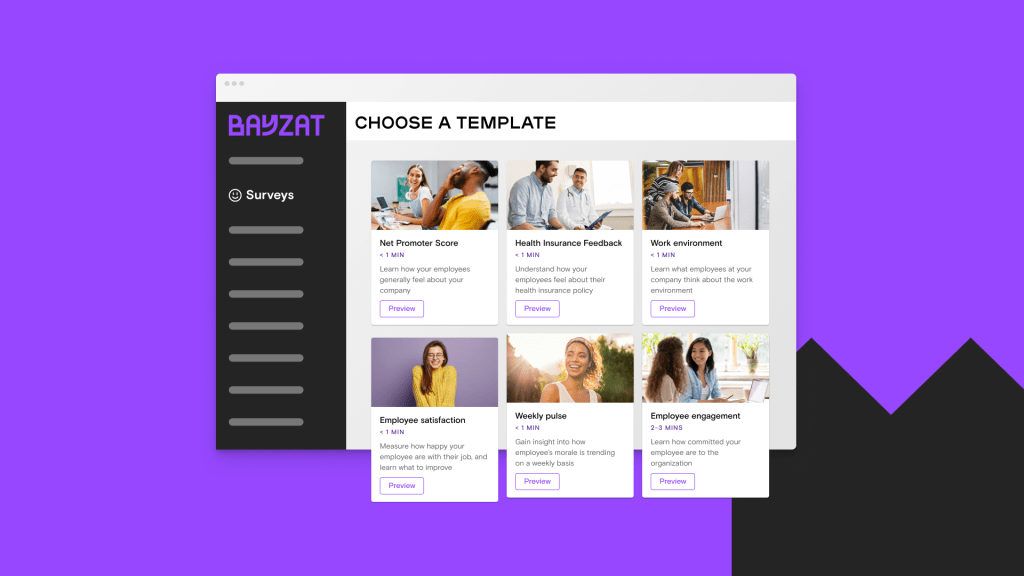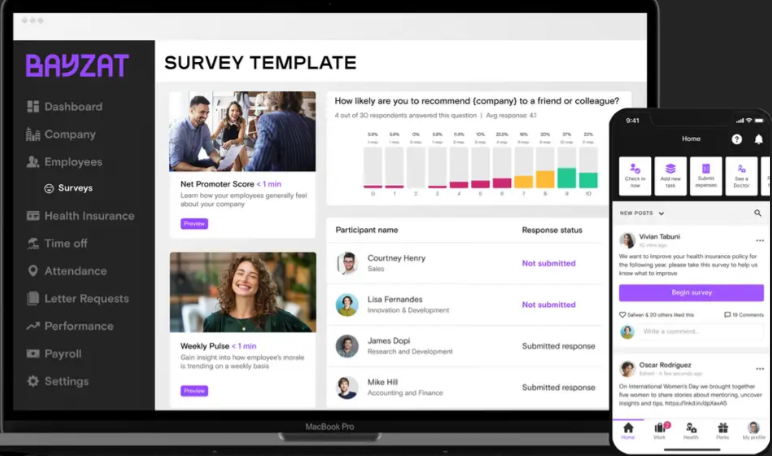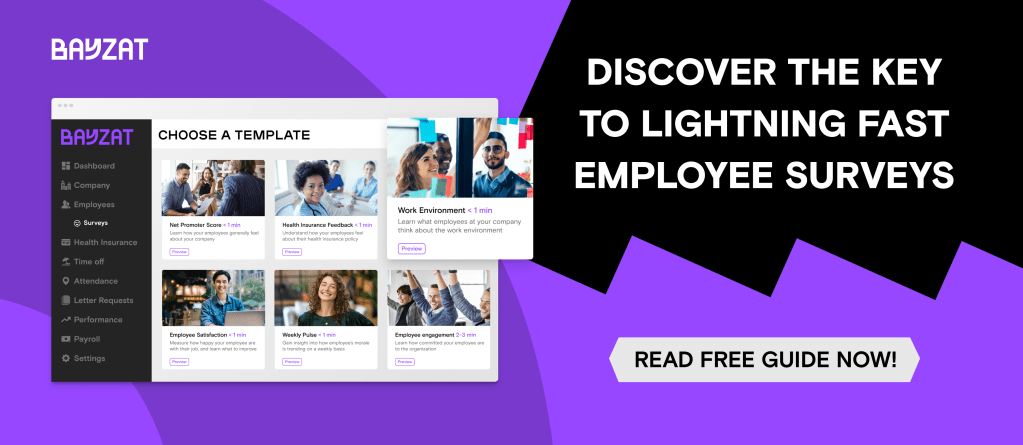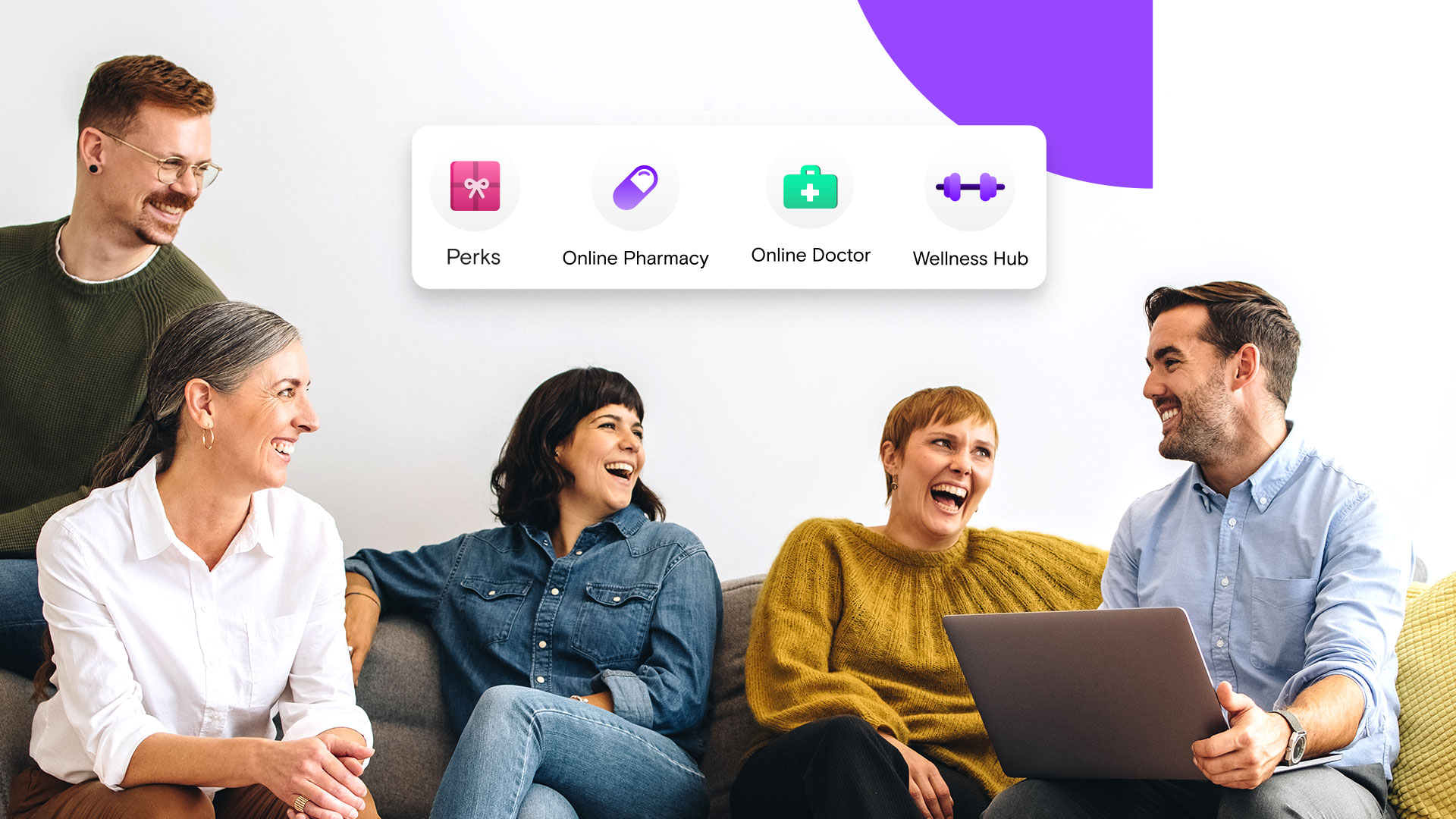Employee surveys can boost your business in many different ways. But the benefits of employee surveys are often missed due to a few simple design errors. To avoid these issues, read this guide and learn all about conducting effective employee surveys by HRs.
What is Employee Survey?
As the name suggests, Employee Surveys are questionnaires you ask your workers to fill out. These surveys aim to evaluate and gauge employee engagement, workplace culture and the general level of work satisfaction. It is one tool in your kit to check how productive and motivated your employees are. With the results, you can adjust your workplace culture, improve employee productivity and create a better framework to grow your business.
Employee surveys are vital to building a cohesive and more robust company culture. It can help identify your organization’s pain points and change these to boost things like employee retention. The surveys give plenty of feedback on your current performance. You get compelling insight into things that work within your organization and those that might need a re-work.
Companies can also use these surveys to address fundamental issues. When they do, they can show authentic and transparent communication. Employees who feel like they have a say in your business will trust you more. This builds a sense of community, making staff more likely to stay in your company longer.
Benefits of conducting an employee survey
There are many core benefits to surveys. They can:
- Provide helpful feedback to boost workplace efficiency
- Boost employee satisfaction
- Highlight problems early
- Build trust between employees and managers
- Improve employee retention
- Foster open communication
The list of possible benefits should convince organizations to use employee surveys. However, it’s vital to understand how to best use them, which surveys to use and what to do with the results to truly enjoy the benefits.
Different Types of Employee Surveys

There are many types of surveys available for companies. Each has its use, and it’s crucial to understand all to make sure you pick the right one for your survey objectives.
The most common types of employee surveys are:
Employee engagement surveys
These measure workers’ commitment to their jobs. You can gauge how engaged employees are and how fulfilling they find their roles. This surveys can help spot unsatisfied employees, helping you increase overall satisfaction.
Pulse surveys
Pulse Survey is short and specific surveys that are carried out continuously to gain employees’ views on different subjects. These tend to be about communication, work environment and the particular roles of the people.
Exit surveys
These are conducted at the end of the employees’ time in your organization. They are a good review of the reasons for leaving. Results can help you identify any significant reasons and incentives that might encourage people to remain.
There are many other types of surveys available as well. These range from annual review surveys to onboarding surveys and management performance surveys.
Designing an Effective Survey

you want to create. When you start designing your survey, you should:
Establish goals and objectives
Start by identifying your employee survey goals and objectives. What are you trying to achieve? Have a clear purpose in mind. This will help you comprise better questions and get meaningful results with your survey. Broad goals like “learning what employees think” can result in inefficient systems. Setting clear goals like “identify three reasons for project x’s success/failure” is better.
Target audience
You also need to target your content. First, it’s essential to understand who is answering the questionnaire. You don’t want to fill the survey with questions that don’t even matter to the people answering the survey. For example, if you ask about sales specifically, your IT department might not have the same viewpoint as your marketing team.
Second, you must create specific and observable questions. Don’t target the audience with emotionally charged questions because these can produce emotionally charged answers! For example, it’s much better to understand the leadership style rather than asking if the leader is doing a good job.
Right survey format
Employee survey format is essential to survey success. The building blocks of a good survey are:
- Short – Employee survey shouldn’t take longer than a maximum of 20 minutes to finish.
- Concise – Keep questions relatively short and easy to understand.
- Consistent – Stick to your topic and style of questioning.
- Visually simple – Employee surveys aren’t supposed to showcase cool visual tricks. A simple style is effortless on the eyes and keeps the focus on the survey.
Finally, ensure you choose the proper survey for the job at hand. As mentioned earlier, many survey types are out there, so pick carefully.
Clear and concise questions
Questions should be clear and concise. You don’t want people to give wrong answers simply because they didn’t understand the question in the first place. You shouldn’t need to write an essay to ask a single question. So ensure you pay attention to how long your questions are, the words you use to ask the questions and the options you give.
Confidentiality
Make sure your employee survey is confidential and communicate this to your staff. You should consider using anonymity, but this is not always necessary. If you are creating anonymous surveys, then always mention that to the employees. It’s also a good idea to always share how the data is used, who can access it and what you will do with it. The more you show this type of transparency, the better the results will be.
Pre-testing
Many of the above things can be perfected with pre-testing. For example, you can ensure your questions are easy to understand if you pre-test them with a few employees first. Likewise, you can get a sense of how the survey is received and get a feel of the results. This will make it easier to launch the entire questionnaire.
Tips for Employee Engagement Survey
Now that you know how to design an engaging employee survey, it’s time to start thinking about the launch. You want to conduct the survey correctly to ensure engagement and successful results. What are the steps to conducting an employee survey?
Conducting the Survey
When you are conducting the survey, these are the main things to keep in mind:
Communicate the purpose
Make it clear right from the start what the purpose of your survey is. You can do this by answering these simple questions:
- What is my employee survey hoping to accomplish?
- What will happen when the survey is analyzed?
- How will we follow up on those results?
- What is the timeline for my survey?
Once you communicate these to your workers, they will have a clearer idea of what you’re looking to achieve. This can help them give better answers and thus enhance the success of your quiz.
Encourage participation
Don’t just send a link to your employee survey and hope for the best. You want to encourage participation to succeed, and communicating the purpose and goals is the first step. Send the survey at the right time and remind people who haven’t taken part. You don’t want to harass people into responding, but it’s also important you don’t just mention the survey once.
It is possible to also have perks tied to answering surveys. For example, you can offer gift cards to random recipients. But be careful not to make your surveys only worth it for a benefit like that. Explain the benefits of responding through the actions you’ll take after analyzing the findings.
Time the survey right
The timing is crucial. If a team is currently in a busy spot with a new product launch, don’t send the survey five minutes before the day is over. You also don’t want to return to a project launch that happened a year ago – people might have already forgotten how the process went.
Design your survey
You should spend enough time designing the survey with the previous tips in mind. The main thing is to focus on aligning the goals with your questions. If your objective is to learn about why staff turnover is high, then you need to carefully analyze how to get to the bottom of the problem. You don’t want to spend too much time just asking about benefits, for example, and forget about things like employee motivation and working conditions.
Launch the survey
Launch your survey and remember to advertise it. You want to monitor when and how employees respond, as this information can help you launch the following survey with more success. Ensure you keep your survey up for at least a week or two to give people enough time to fill it. Make sure you remind those who haven’t yet responded.
Follow up with the results
It’s crucial to ensure you follow up with the results. You want your staff to understand what the results showed you and what those actionable steps are that came out of it. Employees will want to know these things as much as you do.
So analyze your results and share your findings with the staff. Don’t simply put these findings on a piece of paper either but show what steps you will take as a result.
Read : 3 Top Employee Survey Headaches and How to Overcome Them
Analyzing Survey Results
Once you have your results, you want to take a critical look at them and use the findings for organizational development. If you spent enough time designing your survey, then you’re already on the way to victory. So let’s recap the two critical parts you need to have covered before you analyze results:
- You had clear goals. Remind yourself of the goals you had for the survey. What were you hoping to learn? What did you want to do with the results?
- You had good, actionable questions. Ensure your questions were to learn things that help with those goals.
Now that you are sure of those, it’s time to take the data and put it to good use. Start by quantifying your data. Numbers are generally tangible and lead to less misinterpretation. Obtain numeric scores and present your data first as a numeric score or percentage. It can help you see patterns and trends in the data.
You also want to segment your data. Track and compare the different employee groups and demographics. For example, you might find the younger generation having fewer problems with new technology while the older staff is struggling because of it. It can be constructive to segment data based on factors like age, gender, and team. Think if there are other ways too! You might find it helpful to look at your native and non-native workforce as well.
As you are analyzing your employee satisfaction and feedback, you should start noticing patterns and trends. See what correlations there are and consider utilizing different types of digital tools to help. There is employee survey software available that can, not only help with the design of the survey, but also with workforce analytics.
Don’t forget to look at your qualitative data alongside the quantitative data. You don’t want to just focus on the numbers, as employee responses that are qualitative can give deeper reasoning to those figures.
Finally, you might want to benchmark some of your results. This means comparing one set of survey data to another that has measured the same or similar data. So don’t forget to see if you can find industry reports, findings from national UAE surveys or even your previous quizzes!
Taking Action on Employee Feedback
Finally, you need to take action on those essential employee opinions. It is important that after you’ve analyzed your survey results, you do two things:
First, you need to communicate those results to your workforce. You don’t need to provide in-depth data but an overview of what the findings were. This can help create a more transparent and honest workplace, boosting employee communication. This can result in higher employee engagement and satisfaction. It shows the employees you’re not trying to hide anything from them.
Second, you need to take action based on those findings. If you notice a clear issue with leadership, then come up with the steps to improve your leadership culture. You need a roadmap to tackle the issues raised. Even if your survey comes up with mainly positive results, you want to use this opportunity to strengthen those frameworks and ensure you maintain that positive environment. As you start taking these steps, evaluate how well your actions are working. It shows commitment to see those survey results through. You are telling your employees that their feedback matters, lifting up employee morale.

The Bottom Line of Employee Surveys
When it comes to talent management, employee surveys are a great way to improve your business frameworks and employee engagement. Make sure you use surveys as part of your operational strategy. Learn to make use of the different types of surveys, taking the time to craft the questions. Once your employee survey is up and running, it’s time to get employees to answer and analyze the results with accessible and actionable steps.
If you want to know more about employee surveys and performance management, contact us here at Bayzat.








Get Social